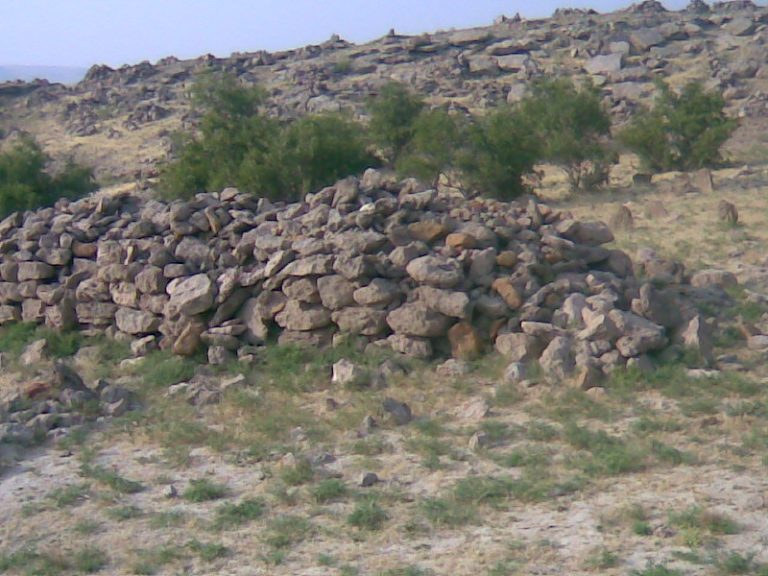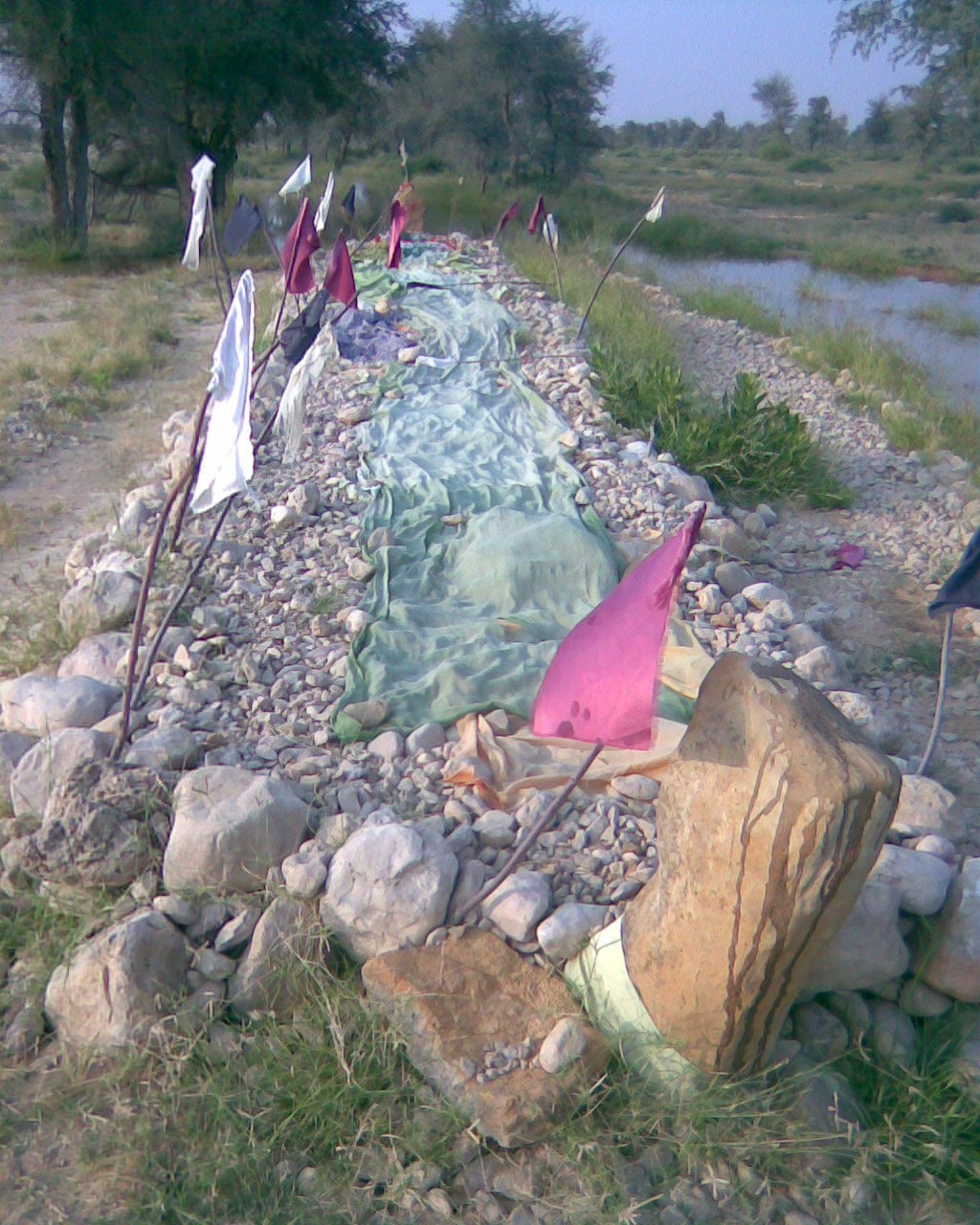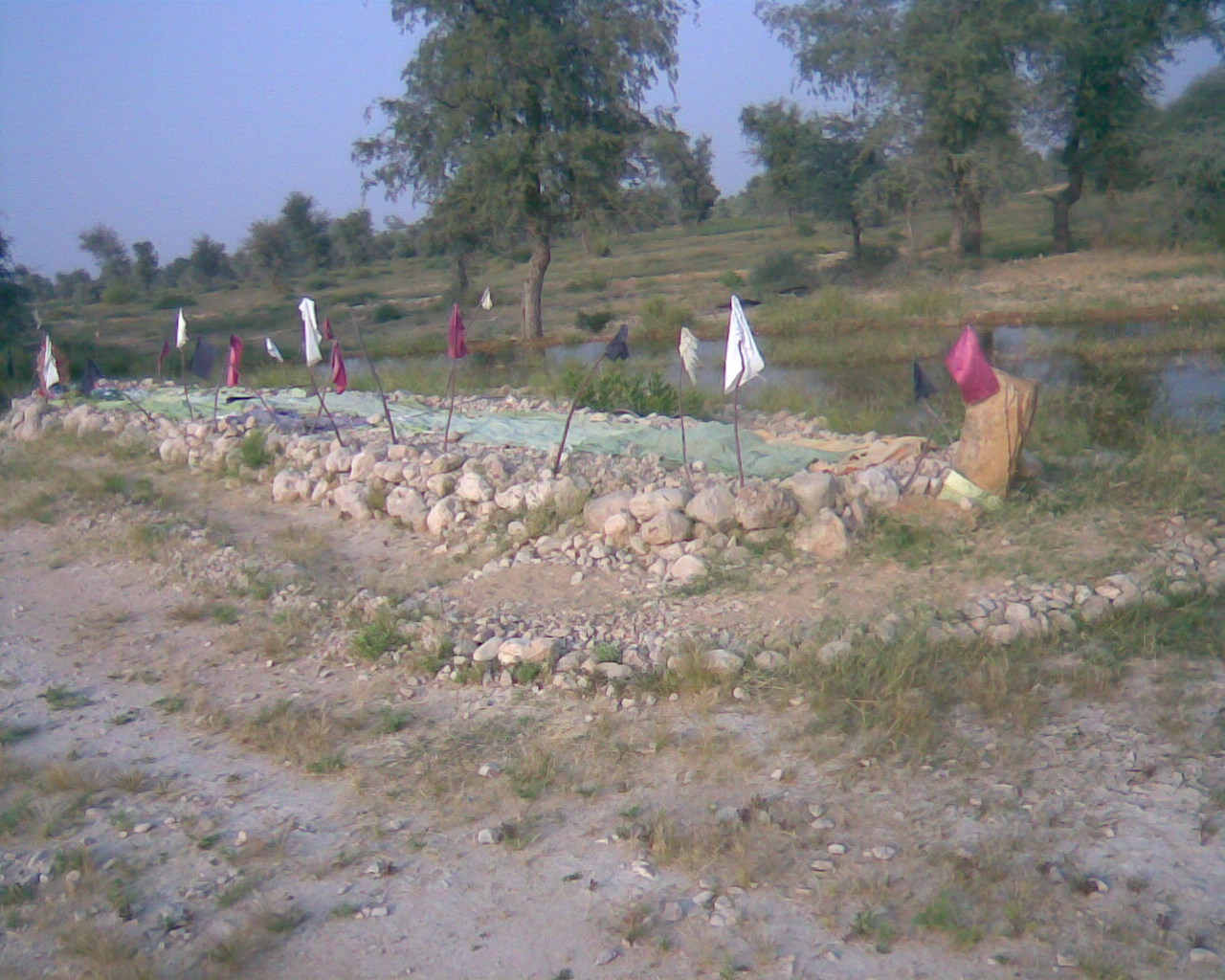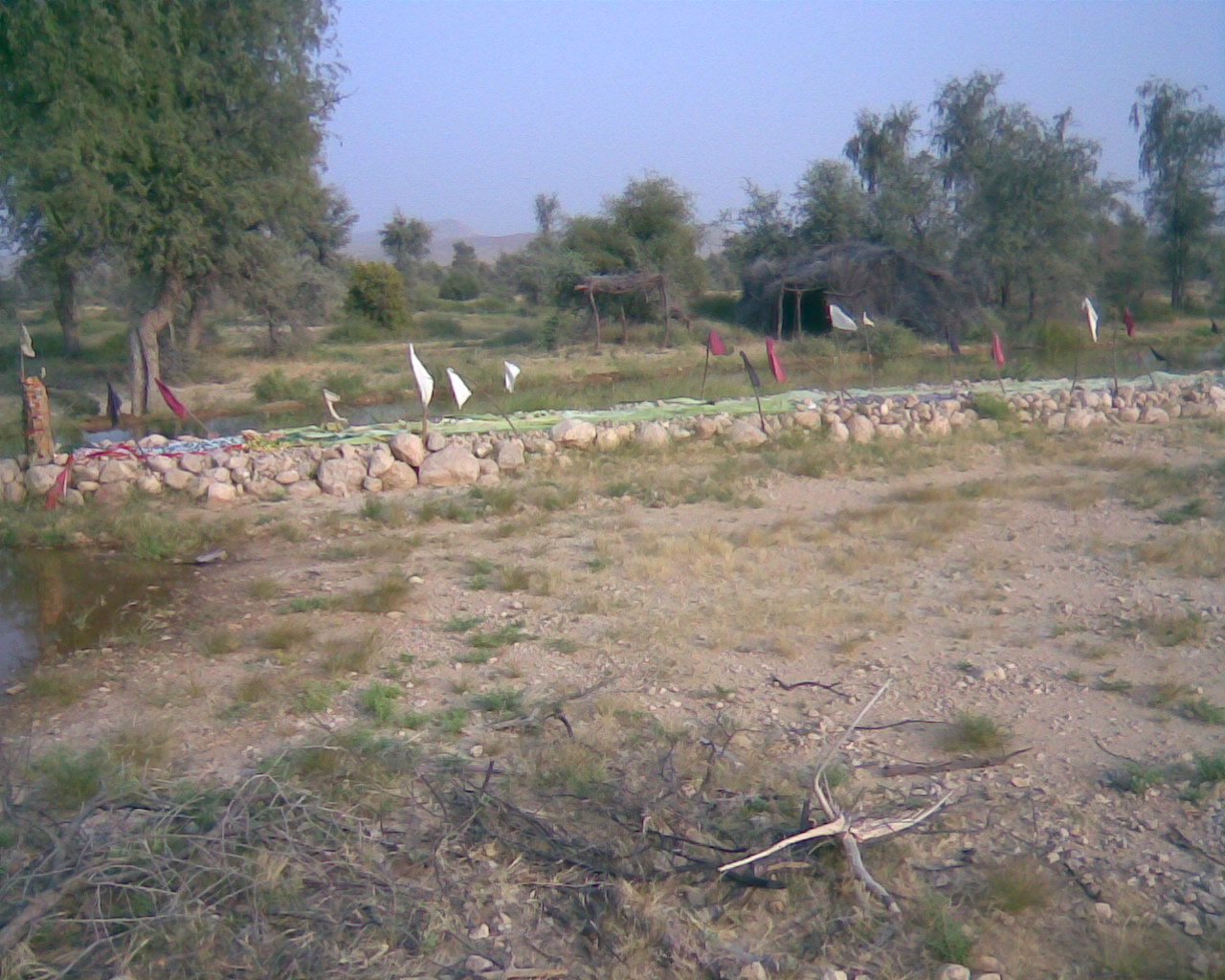
It needs a thorough research to ascertain the reality and history of these mass graves.
Aziz Kingrani
The mass graves have been explored in the entire world. Such types of the ancient mass graves have been found also in Sindh, a southern province of Pakistan. Neither any research scholar has written about these mass graves nor have the long mass graves been brought on record.
In Sindh the ancient mass graves have been observed all over the province including near the foothills of Khirthar Mountain Range.

Some of these graves are situated in Makli necropolis in District Thatta, Ranikot Fort, District Jamshoro, Faridabad, Dadu District towards north at a distance of about 12 km from Sukkur along Sukkur-Jacob Abad road. Possibly, these graves could be found beyond Jacobabad Sindh and in Sibi area of Balochistan because, such graves have been recorded in Panjab province also.

I myself have observed these mass graves at Makli, Ranikot Fort and at Naig Shareef in Jamshoro District. In Dadu District, these mass graves are located near village Achar Gabol, in graveyard of Gaji Shah, Bahlil Shah’s cemetery, village Haleli, close to Rahim Shah Graveyard, along the bank of Gaj River, in graveyard of Guhram Fakir Gadehi and near Faridabad. All are near foothills of Khirthar Mountain Range. These graves are too long measuring more than 30 feet.
Concerning these long graves questions arise that whose are these long graves? What is period of these graves? Were such a long people buried in these graves? Do these graves belong to historic or prehistoric period? These all questions are unanswered and history is silent about these graves in Sindh. No one local researcher has written about these graves. I hold the opinion that these are mass graves.

The historians and research scholars of the world are of the opinion that such long graves are mass graves which are burial place of more than one person. According to book “Current concept in Forensic Entomology” edited by Jens Ahmedt and co-editors, it is mentioned that “a mass grave is a place where three or several corpses buried, some times more than hundred”. In book “the Human Skelton Forensic in Medicine”, the causes of the mass graves have been considered as burial places of people who were killed in tribal or other wars, attacks as well as murdered in disasters, dangerous diseases. Eugene Jordan, in book, “the Irish attack on Christianity” is also of the same opinion.
On the other hand, some historical accounts reveal that the mass graves were worship places and later were covered with stones or clay. Joanna, Roland in the book “Scientific investigations of Mass Graves” just supports the above opinion that “these had background of religious, spiritual and cultural beliefs.” To some other people, these long or mass graves in Sindh are of chieftains and the graves were made too long to show their power and headship. But, it is not justified reason or background. The question is also unanswered that ‘were people in Sindh as tall as these long graves?’

Locally, it is believed that these long graves belong to “Ashabis” or companions of Holy Prophet Hazrat Muhammad (PBUH) but the history is silent regarding this point of view that any companion or Ashabi of Holy Prophet (PBUH) had come to Sindh during the period of holy prophet. Even there is no historical evidence that any Ashabi had visited Sindh during the period of Khulfa-e-Rashdeen. Here also question arises that which Ashabi of holy prophet was as tall as these graves? No one knows. Even, history is unable to provide evidence in this regard. History reveals that people of Sindh used to go to Arabustan (The Arab land) and used to meet with Prophet Muhammad (PBUH) as well. The Sindhis also used to visit Arabustan in later periods and settled there. They called themselves Al-Sindhi. Still the descendants of those Al-Sindhis are settled in Saudi Arabia.
According to religious belief the local people also call these graves of Pirs. But I am of the opinion that in these mass graves located in Sindh, the corpses of those men are collectively buried who were murdered at a time in tribal wars, attacks of invaders on Sindh in past up to medieval period. The disasters and dangerous diseases might be counted as the cause of these collective or mass graves.
Regarding ancient mass graves in Sindh, it needs a thorough research to ascertain the reality and history of these mass graves located in Sindh.
 Aziz Kingrani, hailing from village Haji Manik Kingrani, Johi, Dadu District, Sindh, Pakistan, is poet, short story writer, playwright and a research scholar. He has been contributing in the fields of history and literature since five decades. He has served as a professor as well. His 17 books are published in English and Sindhi language. His articles in English, Sindhi and Urdu have been published in various newspapers and magazines.
Aziz Kingrani, hailing from village Haji Manik Kingrani, Johi, Dadu District, Sindh, Pakistan, is poet, short story writer, playwright and a research scholar. He has been contributing in the fields of history and literature since five decades. He has served as a professor as well. His 17 books are published in English and Sindhi language. His articles in English, Sindhi and Urdu have been published in various newspapers and magazines.